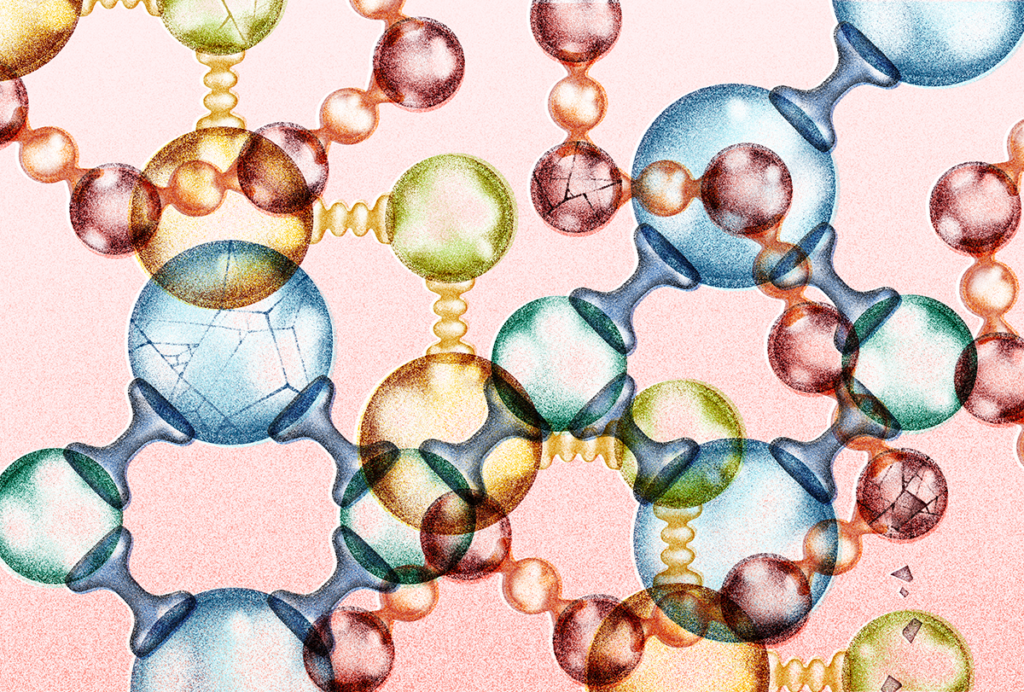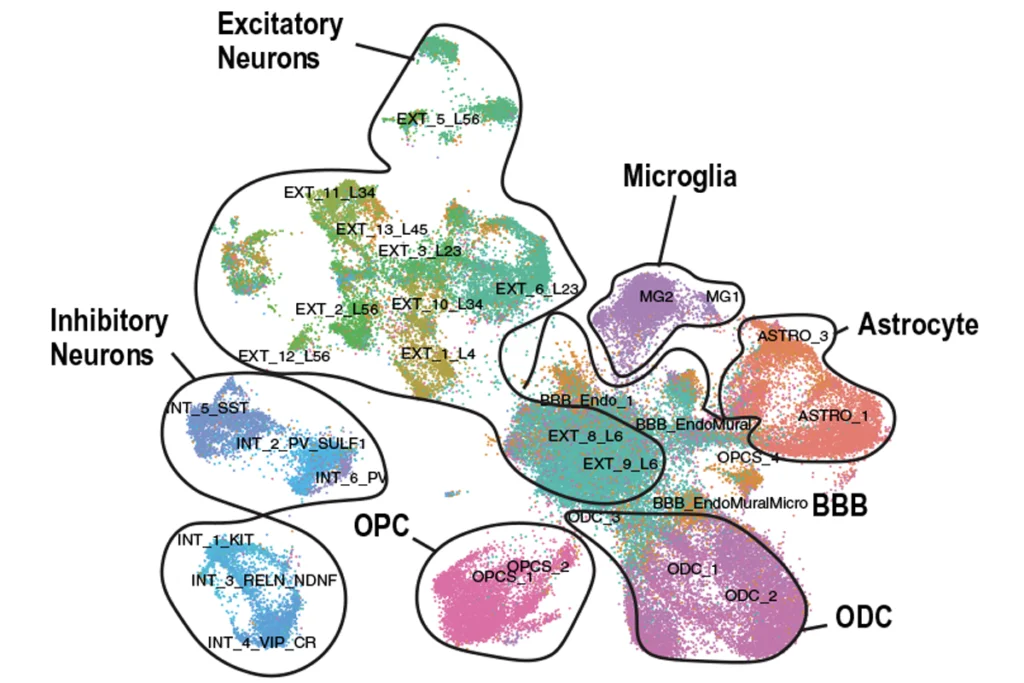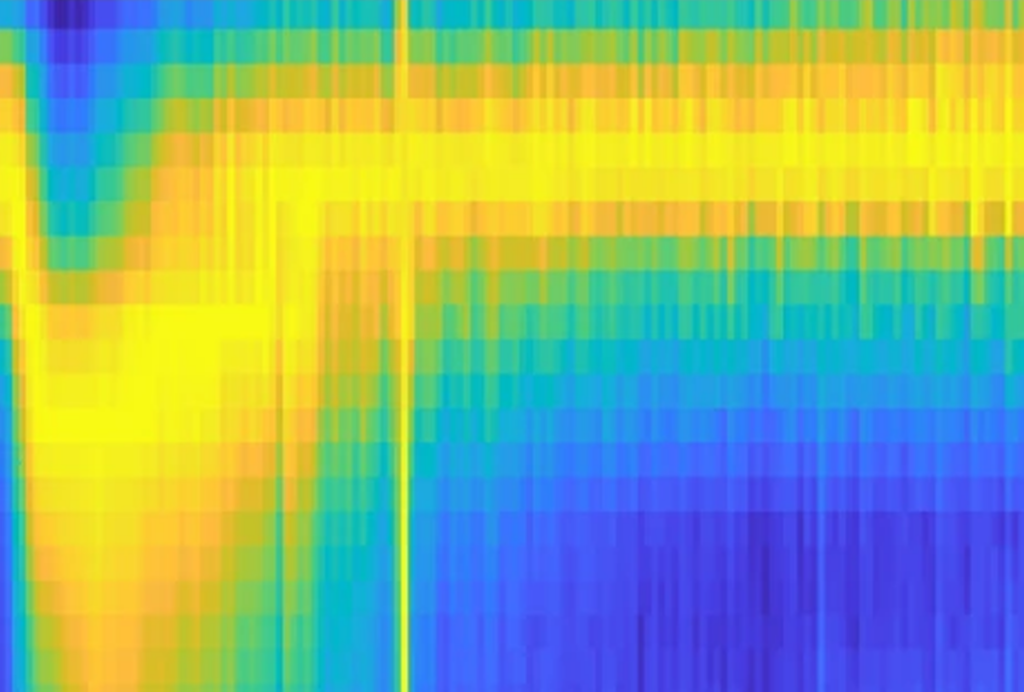Oligodendrocytes
Recent articles
Cracking the code of the extracellular matrix
Despite evidence for a role in plasticity and other crucial functions, many neuroscientists still view these proteins as “brain goop.” The field needs technical advances and a shift in scientific thinking to move beyond this outdated perspective.

Cracking the code of the extracellular matrix
Despite evidence for a role in plasticity and other crucial functions, many neuroscientists still view these proteins as “brain goop.” The field needs technical advances and a shift in scientific thinking to move beyond this outdated perspective.
Brain gene expression syncs between bonded prairie voles
The overlapping activity in the animals’ nucleus accumbens may underpin pair bonding, a new preprint suggests.

Brain gene expression syncs between bonded prairie voles
The overlapping activity in the animals’ nucleus accumbens may underpin pair bonding, a new preprint suggests.
Giant analysis reveals how autism-linked genes affect brain cell types
Genes that predispose people to autism account for a large portion of the neuronal and glial cell changes seen in those with the condition.

Giant analysis reveals how autism-linked genes affect brain cell types
Genes that predispose people to autism account for a large portion of the neuronal and glial cell changes seen in those with the condition.
Explore more from The Transmitter
Dispute erupts over universal cortical brain-wave claim
The debate highlights opposing views on how the cortex transmits information.

Dispute erupts over universal cortical brain-wave claim
The debate highlights opposing views on how the cortex transmits information.
Waves of calcium activity dictate eye structure in flies
Synchronized signals in non-neuronal retinal cells draw the tiny compartments of a fruit fly’s compound eye into alignment during pupal development.
Waves of calcium activity dictate eye structure in flies
Synchronized signals in non-neuronal retinal cells draw the tiny compartments of a fruit fly’s compound eye into alignment during pupal development.
Among brain changes studied in autism, spotlight shifts to subcortex
The striatum and thalamus are more likely than the cerebral cortex to express autism variants or bear transcriptional changes, two unpublished studies find.

Among brain changes studied in autism, spotlight shifts to subcortex
The striatum and thalamus are more likely than the cerebral cortex to express autism variants or bear transcriptional changes, two unpublished studies find.